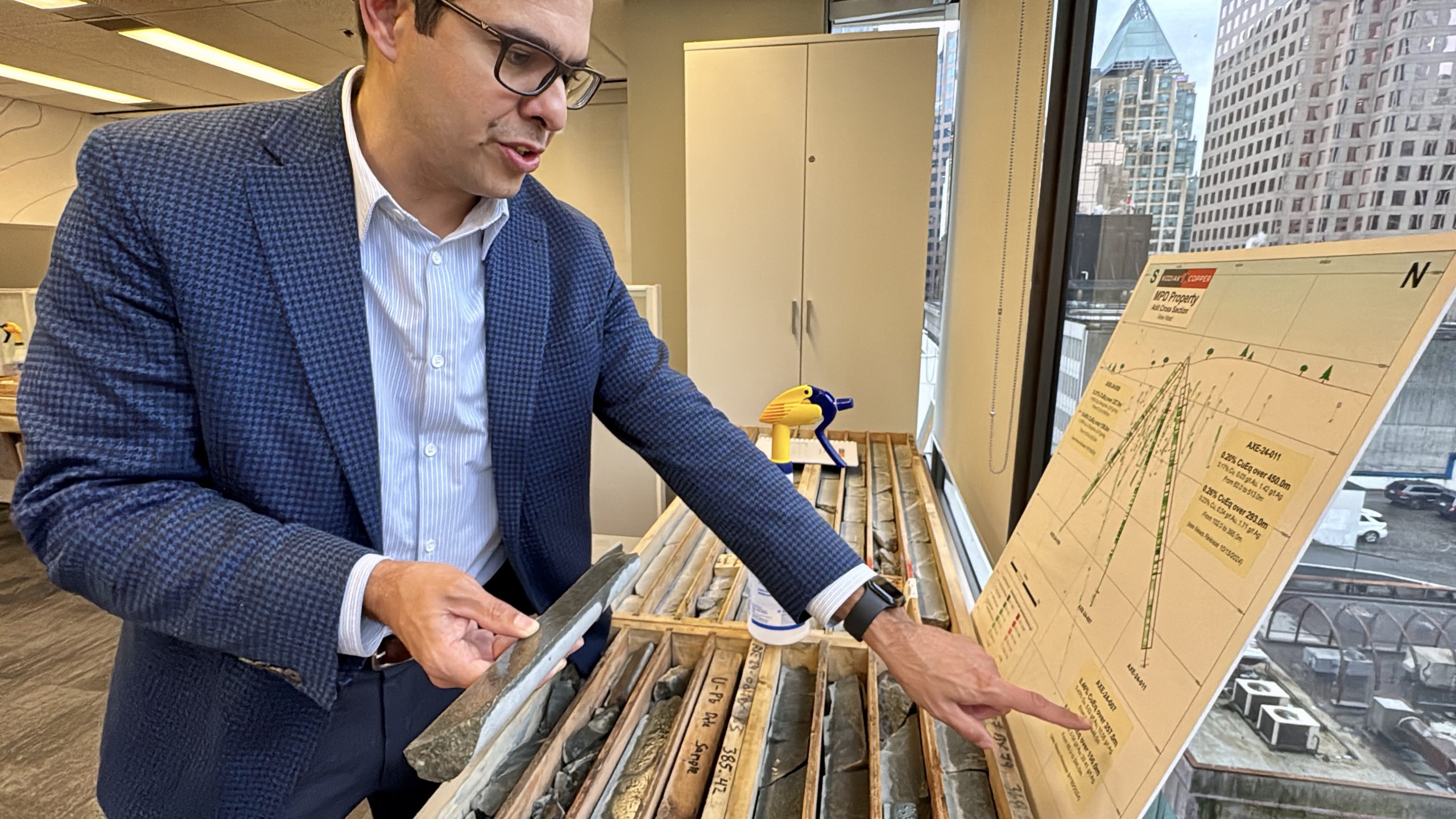Why economics at the most basic level dictates gold prices will rise
To predict future prices of any good or service, Economics 101 dictates that we must measure the demand and supply of the good or service in question. Today, I’m applying those time-proven measures to the state of gold bullion.
On the demand side, we continue to hear about the increased demand for gold bullion from China. The managing director of investment for the World Gold Council (WGC), Marcus Grubb, said late last week, “China will probably be the world’s biggest gold consumer this year for the first time on an annual basis… That will be driven by both jewellery and investment demand. Jewellery will be the biggest overall demand segment, but investment will grow fastest.” (Source: Harvey, J., “UPDATE 1-Chinese gold demand could hit 1,000 T this year-WGC,” Reuters, July 25, 2013.)
The WGC expects demand for gold bullion in China to be between 950 and 1,000 tonnes in 2013.
Similarly, the demand for the precious metal in India is robust, regardless of the efforts by the government and central bank to curb this demand. A new way of bringing gold into the Indian economy is emerging: smuggling. In the second quarter of this year, 270 million rupees (India’s currency) worth of gold bullion was seized from smugglers—an increase of more than tenfold from a year ago. (Source:Wall Street Journal, July 25, 2013.)
Sure, it’s a minute amount compared to the overall consumption of gold bullion in the Indian economy. Nonetheless, it should be noted as an indicator of precious metal demand. According to India’s anti-smuggling department of the Central Board of Excise and Customs, the number of cases of gold bullion smuggling increased to 205 from just 21 in the same period a year ago.
On the supply side, as gold prices have fallen, gold miners have cut back on their spending on exploration for more gold bullion.
Mining giants like the Agnico-Eagle Mines Limited (NYSE/AEM, TSX/AEM) have started to slash their exploration spending. In its second-quarter earnings, Agnico-Eagle reported its budget for exploration this year has been reduced by 22% to $72.0 million; going forward, in 2014, this budget will be cut further to about $50.0 million—significantly lower than the company’s historical spend level of $100 million annually. (Source: Agnico-Eagle Mines Limited, July 24, 2013.)
Other gold mining giants are making similar moves, cutting back on their exploration spending.
Dear reader, the demand for gold bullion is clearly increasing, while the prospects of supply are declining. Hence, the rules of economics at the most basic level would suggest the price of gold bullion will increase.
Outside of old-fashioned economics, we are seeing too much negativity towards gold bullion. And when investor negativity towards any investment is so great, the price of the investment usually goes in the opposite way.
I remain bullish on gold bullion. I don’t see any reason to be even slightly bearish at these low prices.
By Michael Lombardi MBA
{{ commodity.name }}
{{ post.title }}
{{ post.date }}


2 Comments
Merv Ritchie
This would be true if the law of supply and demand was not manipulated by the various investment houses and transnational traders who cause unexpected changes without any demand or any supply based on reality. Enron was the best example of criminals in control. The Miners are not in control, nor are the buyers. The game is no longer fair or legit. It is run by master manipulators. No rules of the past apply anymore. It is a crap shoot for everyone except those who know. And those are the ones who also own the senior banks. A select few watch as you write attempting to explain. They just chuckle at the efforts to understand when they know exactly which string to pull to create economic hardship or windfall where ever and when ever they want.
And China might be expected to buy lots of gold but their potential is also a shell game. The likelihood of continued prosperity there is based on foolhardy science from unsound and unavailable data.
Is it foolsgold or goldfools?
Apple
The supply and demand descibed above only relates to physical gold. But the price of gold relates to paper gold or speculators gold which increasingly has little relationship to supply and demand, but dictates what a mine can seel their gold for. Miners must create a system that gives a steadier price.
I am against monopolies or cartels, but are they worse than pure sepculators ?